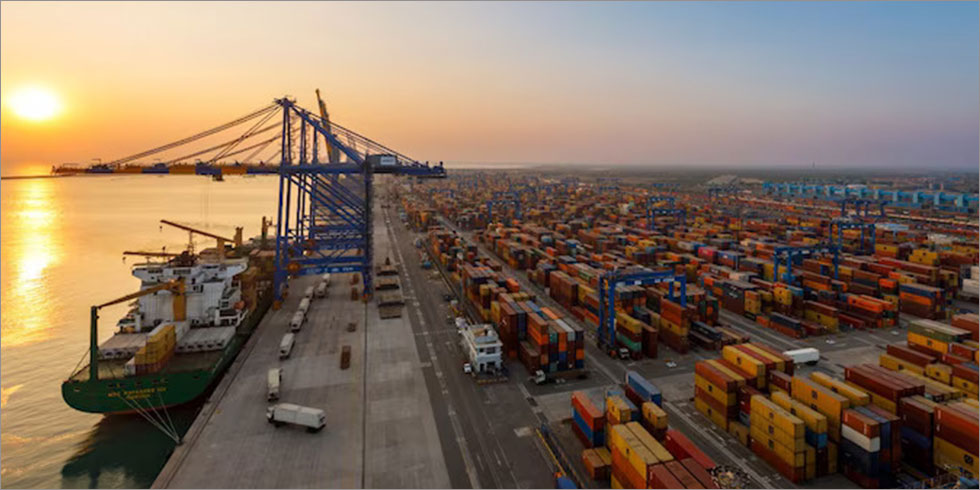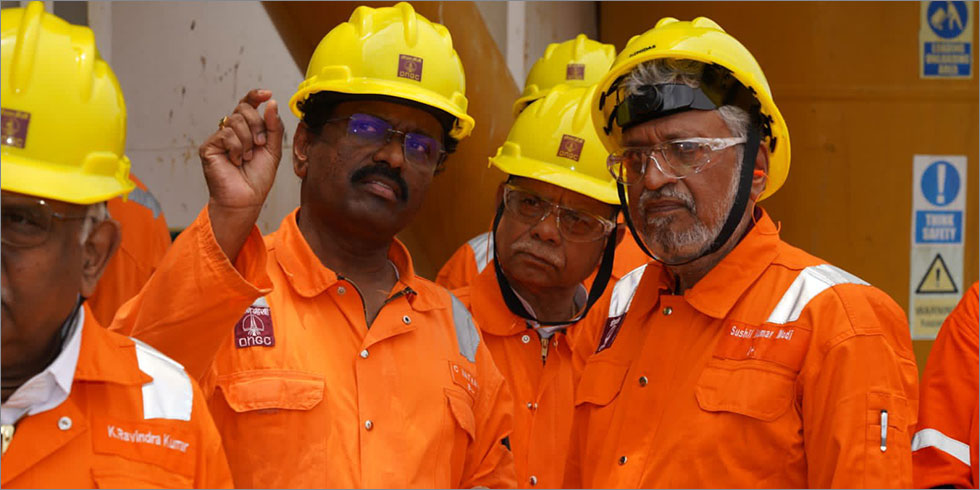A new database on India's offshore reserves marks the latest step the country is taking to lure international companies to its upstream—part of an effort to lift domestic production to meet burgeoning demand.
India will be one of the fastest-growing oil markets in the world between now and 2040, according to the International Energy Agency (IEA), and China and India together accounted for around half of the increase in global energy demand last year, reckons BP.
And India's thirst for energy looks only certain to keep rising quickly. The country's GDP will grow by 7% this year and nearly 8% in 2018, predicts the OECD. The government's Make In India manufacturing programme is also continuing to lift the country's need for fuel.
Atanu Chakraborty, director general of the Directorate General of Hydrocarbons, India's oil and gas regulatory body, told Petroleum Economist his directorate was "reassessing its resources", saying there was "more than has been taken out, or even discovered".
He admitted that India had been "rather clumsy" at attracting investors to its upstream. "When bidding took place, people had a window in which to bid, and they weren't always the best blocks. The risk was seen as high, more than two decades back. People didn't have a complete idea of the Indian subsurface."
A data bank known as the National Data Repository has now been set up which consists of 3-4 petabytes of raw data on exploration and production prospects, including seismic data, well and log data, spatial data and reports and documents. It was launched last month.
New investment rules, the Hydrocarbon Exploration Licencing Policy, known as "Help", will also help, believes Chakraborty. "People had a certain amount of problems when they worked in the country, especially regulatory issues." Help should remove some of the rigidities from the production-sharing regime, in particular.
Government regulation of the price at which developers could sell produced gas to local buyers proved unpopular under the previous regime. Companies will now give the state a share of revenues rather than profits—an adjustment to earlier terms that sparked disputes between international oil companies and the government over exploration costs.
There are no fixed deadlines linked to auctions or roadshows by which to bid, and interested parties can bid for licences all year round.
"The new regime is very flexible and easy. The market has been completely opened up," Chakraborty says.
Last month, BP announced a partnership with Reliance to develop the 'R-series' of deepwater gasfields in Block KDG6. It is the first of three planned projects involving an investment of $6bn to bring 1bn cubic feet a day of gas on stream between 2020 and 2022.
Yet the changes may not be enough to stimulate exploration and production activity as much as the government wants. Oil analyst Miswan Mahesh at Energy Aspects, a consultancy, says: "Over the past 15 years, reserves in India have been mismanaged in terms of how they have been allocated to foreign and domestic players.
"The government has eased a lot of these bottlenecks, but at a time when oil prices are where they are, the appetite is not there for international companies."
He suggested the government could offer other incentives to companies, such as first rights to open a refinery. Part of the BP deal involves the company opening fuel stations in India, for example.








Add Comment